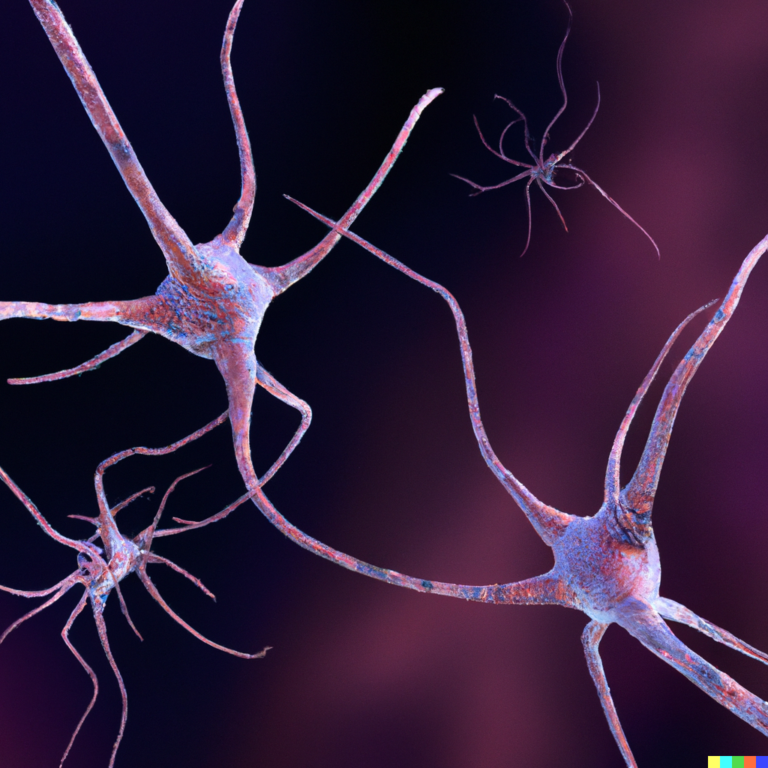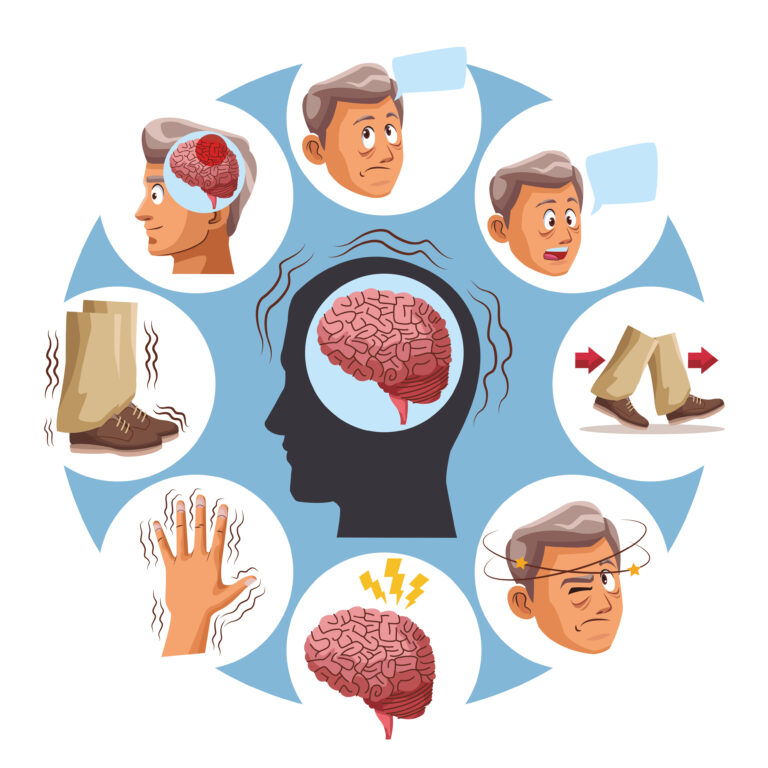Alzheimer’s disease is a progressive brain disorder that affects millions of people worldwide. It is the most common form of dementia, which is a general term for memory loss and other cognitive abilities serious enough to interfere with daily life. This devastating disease not only affects the individual, but also their loved ones who must watch their decline. Currently, there is no cure for Alzheimer’s and treatments can only help manage symptoms. However, recent advancements in brain imaging technology have given hope for an early and accurate diagnosis of Alzheimer’s disease.
Scientists have been working tirelessly to develop a brain scan that can predict Alzheimer’s before any symptoms start to show. This groundbreaking technology has the potential to change the way we approach and treat Alzheimer’s disease. So, how does this brain scan work and why is it important?
To understand the significance of this brain scan, we must first understand what happens in the brain of someone with Alzheimer’s disease. In a healthy brain, neurons (brain cells) communicate with each other through synapses, which are connections between neurons. In Alzheimer’s disease, these synapses become damaged and eventually die off. This leads to a decrease in the number of synapses and the formation of amyloid plaques and tau tangles, which are proteins that build up in the brain and disrupt its normal function.
The brain scan, known as positron emission tomography (PET), uses a special dye called Pittsburgh compound B (PiB) to detect amyloid plaques in the brain. This dye binds to the plaques and emits a signal that can be picked up by a PET scanner, creating a 3D image of the brain. This image allows doctors to see the amount and distribution of amyloid plaques in the brain, which is a hallmark sign of Alzheimer’s disease.
What makes this brain scan so revolutionary is its ability to detect amyloid plaques in the brain before any symptoms of Alzheimer’s disease start to appear. It is estimated that these plaques begin to form in the brain 15-20 years before any memory or cognitive problems are noticed. This means that by the time someone shows symptoms of Alzheimer’s, a significant amount of damage has already been done to their brain. But with the help of this brain scan, doctors can detect the presence of amyloid plaques in the brain much earlier, giving them the opportunity to intervene and slow down the progression of the disease.
Early detection is crucial in the fight against Alzheimer’s disease. Not only does it allow for early intervention, but it also provides individuals and their families with more time to plan for the future. Knowing that one is at risk for developing Alzheimer’s can also motivate individuals to make lifestyle changes that may lower their risk, such as exercising regularly, eating a healthy diet, and engaging in mentally stimulating activities.
Furthermore, this brain scan can be used in clinical trials for new Alzheimer’s treatments. Currently, most Alzheimer’s drugs are tested on individuals who already have symptoms. However, by using this brain scan, researchers can identify and enroll individuals with early signs of Alzheimer’s, allowing for more accurate and effective testing of potential treatments.
It is important to note that this brain scan does not diagnose Alzheimer’s disease. A positive result only indicates the presence of amyloid plaques in the brain, which is a risk factor for developing the disease. Further testing and evaluation by a doctor is needed to confirm a diagnosis of Alzheimer’s.
In conclusion, the development of a brain scan that can predict Alzheimer’s before symptoms start is a major breakthrough in the fight against this devastating disease. It has the potential to not only improve early detection and treatment, but also provide hope for a future where Alzheimer’s may be preventable. As research into this technology continues, we can only hope that one day we will have a cure for Alzheimer’s disease. Until then, this brain scan offers a glimmer of hope for those affected by this debilitating illness.





